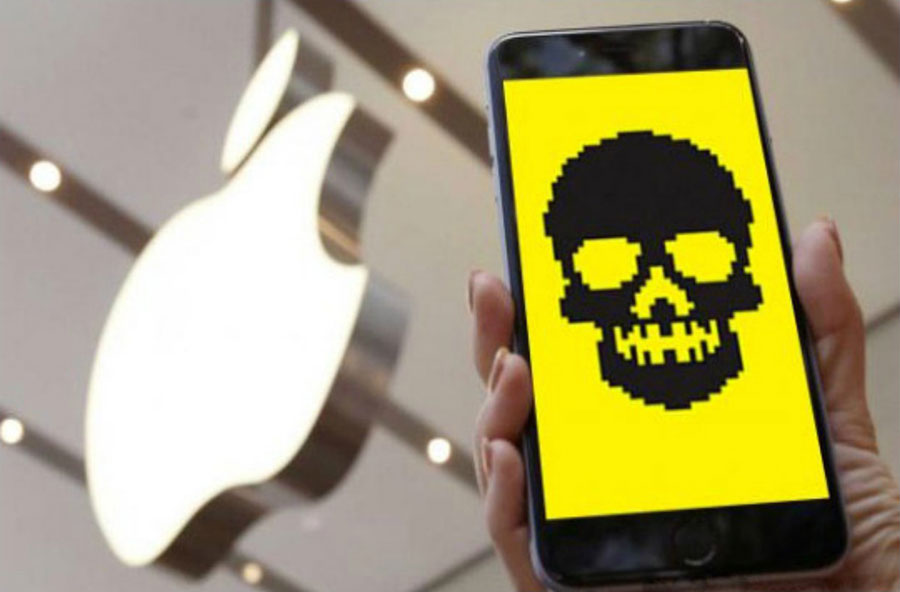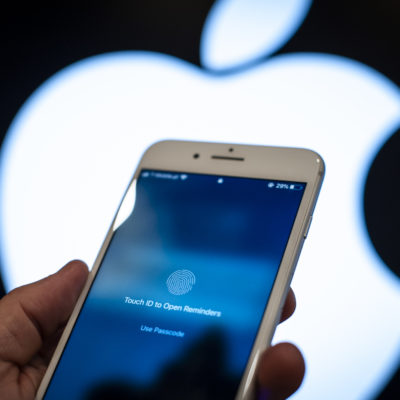Modern iPhone are truly remarkable devices, offering a compact world of functionality at your fingertips. From tracking your location to managing your purchases, bank details, and passwords, they aim to simplify your daily tasks. Moreover, iPhones come loaded with hidden features that further enhance convenience. Nowadays, almost everyone owns a smartphone, which unfortunately creates opportunities for malicious individuals to potentially infiltrate our devices and gain access to sensitive personal information that should be securely guarded.
Fortunately, Apple prioritizes robust security measures, and in most cases, all it takes is a strong password and enabling two-factor authentication on your iPhone to safeguard your account and data. However, if unauthorized access does occur, there are telltale signs that can help you detect it before significant damage is done. While many items on this list can have innocent explanations and may not necessarily indicate someone is tracking your iPhone, it is still possible to address these issues and mitigate any concerns that arise.
Compromised Apple ID
If you suspect your Apple ID has been compromised, consider the following questions: Have you received an email from Apple stating that your Apple ID sign-in has been detected from a new device? Have you received an email indicating that your account password has recently been changed? Have you come across deleted messages and files? Have you been charged for unrecognized iTunes purchases? Does your current password fail to authenticate your Apple ID?
If any of these scenarios resonate with you, there is a chance that someone other than you has gained unauthorized access to your Apple ID.

While this can be alarming, there is a straightforward solution. Apple has implemented necessary precautions to address compromised Apple IDs, despite some past challenges with verification processes. If you are unable to access your account, you can utilize Apple’s account recovery tool to reset your account, retrieve your Apple ID, and regain access to your account. To prevent similar incidents in the future, it is advisable to create a strong password and activate two-factor authentication for your Apple ID. These security measures make it nearly impossible for anyone other than yourself to gain unauthorized entry to your account.
Unknown Devices in Family Sharing or Find My
Family Sharing and Find My can be exploited by trackers to gain access to your Apple devices. While Family Sharing is a convenient tool for sharing subscriptions, purchases, photos, and more without sharing Apple accounts, it grants significant access to a user’s account, making it potentially vulnerable to misuse. To ensure the security of your devices, it is important to regularly check for any unfamiliar devices listed in these features.
If you come across a device that you don’t recognize, removing it is a simple process. Navigate to Settings > [your name] > Family Sharing, select the device you wish to remove, and click “Remove from Family” to remove it from your Family Sharing.
Compromised Microphone/Camera Permissions
Occasionally, background noises during phone calls may be attributed to a poor connection. However, there is a slight possibility that spy software may have been installed on your iPhone. Certain spy apps have the ability to record phone calls, resulting in peculiar noises during calls. If you hear beeping, static, clicking, or unfamiliar voices during a phone call, it is possible that your iPhone is being tracked.
Another indicator of potential spyware is the camera app opening without your explicit request. This could imply that spyware apps are secretly tracking and capturing images that are being transmitted to other devices. However, there are ways to detect and address such spyware. Spyware apps often request unusual permissions, such as a notes app asking for camera access or a maps app requesting microphone permission. If you encounter these unusual permission requests, it is advisable to investigate further.
Strange Power Consumption
Spy software typically operates in the background without your knowledge. If you notice that your iPhone’s battery is depleting unusually fast, it could be an indication of spyware on your device. However, it’s important to consider other factors that could affect battery life, such as apps running in the background or natural battery degradation in older iPhones. Instead, focus on irregular power consumption patterns as a potential sign of spyware.

Monitoring the physical temperature of your iPhone is also a good practice. If your iPhone feels excessively hot, it could suggest the presence of spyware. Spy apps running in the background consume significant data, leading to overheating and battery drainage. While iPhones can also heat up due to innocent reasons like high ambient temperatures, if you notice a sudden increase in temperature even when the device is idle, it is advisable to investigate the possibility of spyware operating in the background.
Random Shutdowns/Reboots
Spy apps, due to their resource-intensive nature, typically leave noticeable traces on an iPhone. These apps cannot remain undetected for long, as they tend to impact the device’s performance. If you experience an unresponsive screen, slower app functionality, automatic changes to settings, or your iPhone shutting down or rebooting randomly, it may indicate that your device is being remotely tracked.
Random shutdowns or reboots should not occur on your iPhone without any direct intervention. If you encounter such occurrences, it is possible that your device has been compromised by spyware. Poor-quality spy software can cause malfunctions leading to unexpected shutdowns or reboots. To thoroughly eliminate any spyware from your iPhone, performing a factory reset is an option to consider. However, keep in mind that this should be a last resort, as it will erase all data on your iPhone (though you can easily back up your data beforehand). To initiate a factory reset, go to Settings > General > Reset iPhone, and then select “Erase All Contents and Settings.” This process will remove any potential spyware during the reset.








